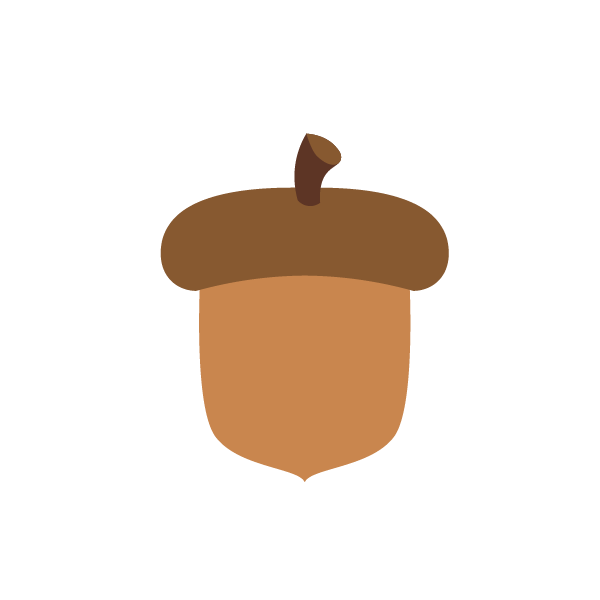Chemistry
Chemistry is the study of the composition, structure, properties, and reactions of matter, especially of atomic and molecular systems. It deals with the interactions between particles at the atomic and molecular level. The structure of an atom is the central nucleus composed of protons and neutrons with electrons orbiting around this nucleus.
The Atom
An atom is the smallest particle of an element that has the chemical properties of that element. Atoms are made up of a central nucleus that contains protons and neutrons. Electrons orbit the nucleus. The number of protons in the nucleus determines the element. For example, all atoms with one proton in their nucleus are hydrogen atoms.
The Elements
There are 118 elements in the periodic table, and they are the building blocks for everything in the universe. All of the elements are made up of atoms, which are the smallest particle of an element that has the chemical properties of that element. The elements are organized in the periodic table by their atomic number, which is the number of protons in the nucleus of an atom of that element. The elements are also classified as metals, nonmetals, or metalloids, based on their properties.
Compounds
A compound is a combination of two or more different atoms held together by chemical bonds. There are many different types of compounds, including molecules, salts, and metals. Compounds can be either organic or inorganic. Organic compounds contain carbon, while inorganic compounds do not.
Reactions
A chemical reaction is a process that leads to the transformation of one set of chemical substances to another. In a chemical reaction, atoms or groups of atoms are rearranged to form new products. In order for a chemical reaction to occur, a reactant must collide with another reactant with enough energy to break the bonds that hold the atoms together in the reactant molecules.
